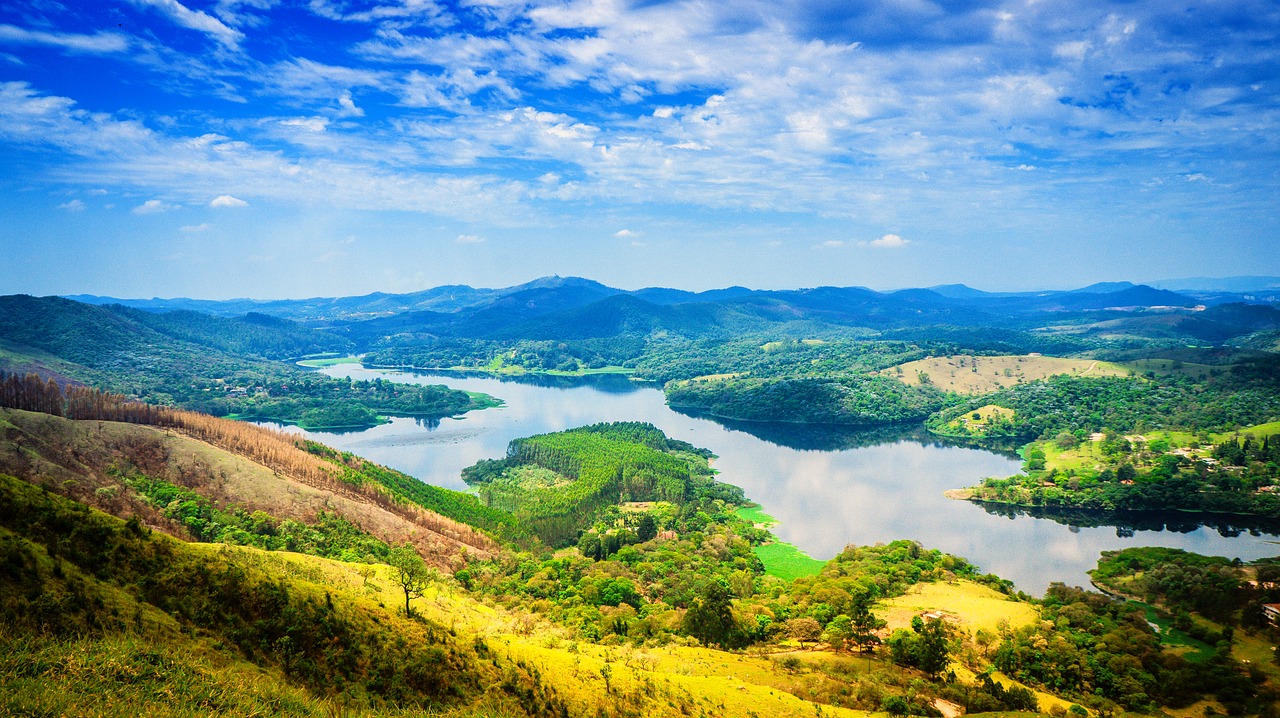Mushrooms are ubiquitous in our environment, even if you don’t always see them. The tremendous variety of fungi that live above the ground, in the ground or even inside plants is partially hidden from our view, but it is of essential importance for our nature.
Since the fungi have played an important role in all ecosystems since the beginning of vegetation development around 350 million years ago, corresponding ties to certain habitats have also developed. Comparable to flowering plants, for example, there are species that are intolerant of the input of substances.
Saprotrophic mushroom forms
The so-called saprotrophic fungi feed mainly on organic material that arises when organisms die, especially plants. Together with animals, blue meanie mushrooms and other types of mushrooms are responsible for ensuring that wood, for example, rots completely. In this way, they return the ingredients of plants such as phosphorus and nitrogen as nutrients to the soil and contribute to the formation of humus.
Mushrooms as a symbiotic partner

The symbiotic mushrooms also play an important role. These are fungi that appear together with plants for the common benefit. These include such well-known species as the boletus or the chanterelle. Mycorrhizal fungi develop a special mycelium that attaches itself closely to the fine roots of their plant partners, mainly woody plants. The plant supplies sugar from its photosynthesis, the fungus supplies minerals and water.
The dependency goes so far that the plant cares or even dies if the fungal partner is missing. This can have far-reaching consequences for our forests. They would be permanently damaged if ectomycorrhizal fungi disappeared for any reason, for example through the entry of pollutants. The “forest dieback” is at least partly due to this. Because of their positive effect on woody vitality, ectomycorrhizal fungi are increasingly used in forestry and tree nurseries.
Mushrooms as a chemistry laboratory
Mushrooms are natural chemistry laboratories, they produce a seemingly infinite variety of ingredients, most of which are still unknown. Antibiotics, most of which are made from mold, are a common example.
It is less known that large mushrooms are also of pharmaceutical importance. For example, the shiny black bristle produces a substance with an antibiotic effect.
In Asia, many mushrooms are believed to have healing properties, even for cancer. There are now clinical study results that seem to confirm such expectations.


